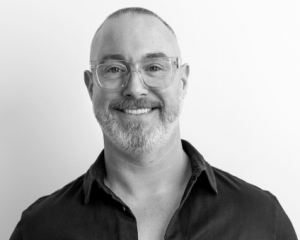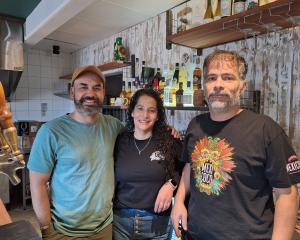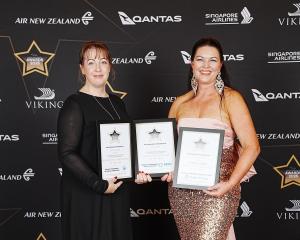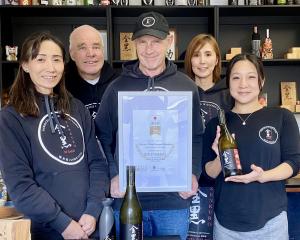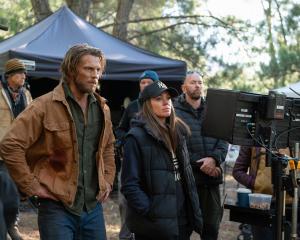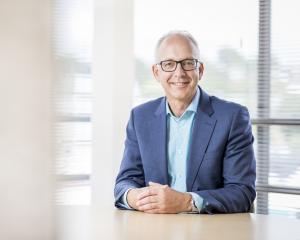Simple building more and more roads will not solve Queenstown's congestion chaos, the district council's leader says.
Queenstown Lakes District Council chief executive Mike Theelen believes "desirable'' public transport and other modes of transport are needed.
"I spent a week a couple of years ago in Vancouver. You can take light rail to the bay, cross the bay on a ferry and catch a public bus to the skifield.‘‘So there they've created a network which means as a visitor you don't have to think about having the private vehicle.
"In other cities, like Amsterdam, bikes take precedence over cars.''
Mr Theelen said the council planned to run a park-and-ride trial by December, but it was too soon to say how it might operate.
It had to identify at least one site outside central Queenstown where large numbers of cars could be safely parked and that had safe entry and exit from surrounding roads.
Transport providers would need to be identified - possibly including a water-based service, as well as a bus operator - and decide on prices and journey frequency.
There also needed to be adequate drop-off and pick-up zones in central Queenstown, he said.
Both Frankton Golf Course and land on Gorge Rd have been mooted for a terminal in recent years.
The council's Town Centre Transport Strategy also suggests increased parking charges and a new car park on the edge of town.
There are also moves to resurrect the concept of a ferry across the narrows between Kelvin Peninsula and Park St.
Queenstown-based tourism firm Real Journeys submitted a resource consent for the service in 2013, but the idea was quietly dropped after an outcry.
Mr Theelen is confident the planned Eastern Access Road will open by December 2017.
The road, to be named Hawthorne Drive will alleviate pressure on Frankton BP roundabout by connecting Remarkables Park to Frankton-Ladies Mile.
The new $22million Kawarau Falls bridge and capacity improvements to the BP roundabout are also slated for completion by the end of next year.
And longer term, the council intends to get the ‘inner links' road, bypassing congested Shotover St, on the 2018 Regional Land Transport Plan, which sets out funding for the next decade.
Mr Theelen said the roading projects would not solve congestion.
"I don't think we'll ever stop looking forward to say: How do we address the next crunch point in the network?''
The Otago Regional Council is also working on a strategy to improve public transport.
Mr Theelen said there was potential for subsidised public transport.
"We need to rethink how we incentivise people to change, not just the commuters but the visitors. To shift people to public transport there are some key criteria - frequent, reliable, cost-effective; a desirable way to travel.''
Advertisement



